Surprising Stories of Famous Authors Who Almost Died (9 Authors)
![Image taken from page 70 of '[Death's Doings; consisting of numerous original compositions, in prose and verse, the ... contributions of various writers; principally intended as illustrations of twenty-four plates designed and etched by R. Dagley.]'](https://booksonthewall.com/wp-content/uploads/2016/06/Screen-Shot-2016-06-08-at-9.23.05-AM.png)
Because I could not stop for Death
He kindly stopped for me-Emily Dickenson, “Because I could not stop for Death”
It will probably come as no surprise that we do a lot of reading, writing, and reading about reading and writing. And one of our favorite pastimes is learning about the lives of some of our favorite authors.
What happened to them? How did they get started writing? What could have inspired their writing style, common themes, or favorite plot lines?
Though every author has a different life story to tell, the following nine authors all shared at least one certainly deeply affecting experience: a brush with death.

Nine Famous Authors Who Almost Died
Each of these authors came close to death, either purposely or accidentally. Some of these authors talked about their experiences publicly, but others have left us to wonder what impact these near-death experiences had on them, both as a writers and as human beings.
So just who are these now-renowned authors who almost died but somehow escaped death, and what tragic accidents did they survive in their lifetimes?
Charles Dickens
In June 1856, Charles Dickens was traveling on the Folkestone Boat Express with his lover, Ellen Ternan, and her mother, when the train was derailed due to poorly timed construction on a bridge along the track in Staplehurst, Kent.
All of the first-class carriages fell into a gaping hole in the track—except for the one Dickens was riding in.
Although Dickens himself was uninjured, ten passengers died and many more were injured. After ensuring that Ellen and her mother were safely taken out of the carriage, Dickens assisted in the rescue of other train passengers.
Charles Dickens, via Wikimedia Commons
In the post-script to his novel Our Mutual Friend (which he was carrying with him in the train carriage that day), Dickens wrote of the accident:
“I remember with devout thankfulness that I can never be much nearer parting company with my readers for ever, than I was then, until there shall be written against my life, the two words with which I have this day closed this book:—THE END”
Read more on The Victorianist’s excellent article on Charles Dickens and the Staplehurst train crash.
George Orwell
British author George Orwell, most known for his satirical genius in Animal Farm and his image of a dystopian future in Nineteen Eighty-Four, went to Spain in 1936 to fight against fascism in the Spanish Civil War.
During his military engagement in Barcelona, Orwell survived a sniper shot to the neck. After a two-week period of convalescence, Orwell and his wife were forced to flee Spain to avoid being imprisoned.
Orwell wrote about his experiences in the Spanish Civil War in “Homage to Catalonia.”
Read more about Orwell’s experiences in the Spanish Civil War and how they affected his personal political views and his writing in Salon’s article, “The War that Made Orwell.”
Mark Twain
The facts around this story are a bit slippery, but Mark Twain reportedly survived a duel with fellow writer and editor James Laird in Virginia City, Nevada, in 1864.
In a bit of old-fashioned literary and not-so-gentlemanly intrigue, Twain and Laird published escalating sets of letters and articles accusing the other’s paper of dishonor and foolishness. (Legend has it that Twain wrote his original article while drunk and never intended for it to be published.)
Mark Twain at breakfast, via Wikimedia Commons
Some stories claim that Twain challenged Laird to a duel, while others claim the opposite. Some versions say that Twain and Laird both appeared for the duel, but that Twain either fled or Laird refused to carry out the duel (which was actually against Nevada law at the time).
Regardless of what actually happened, it’s true that Mark Twain (actually the pen name of Samuel Clemens) left Nevada in a hurry, moving on to brighter literary fortune in California.
Mark Twain wrote about this experience in “How I Escaped Being Killed in a Duel” (an excerpt from Chapters of My Autobiography):
“I have never had anything to do with duels since. I thoroughly disapprove of duels. I consider them unwise, and I know they are dangerous. Also, sinful. If a man should challenge me now, I would go to that man and take him kindly and forgivingly by the hand and lead him to a quiet retired spot, and kill him.”
Ernest Hemingway

Ernest Hemingway aboard the Pilar, 1935, via Wikimedia Commons
Never one to shy away from his own grandiose ideas of masculinity and adventure, Ernest Hemingway unsurprisingly faced several life-threatening situations in his time. Perhaps the closest he came to death, however, was the multiple plane crashes he survived throughout the African continent.
In 1954, while on a safari trip in Uganda, Hemingway survived two separate plane crashes in just two days. After the first plane crashed in an emergency landing attempt, Hemingway, his wife, and the pilot reportedly spent the night surrounded by wild elephants.
The very next day, the Hemingways’ second plane caught fire and also crashed, causing serious injuries to the author and his wife.
Although stunning, these two consecutive airplane accidents were hardly Ernest Hemingway’s first brushes with death. As an ambulance driver in World War I, Hemingway was wounded by shrapnel from a mortar shell. And in one of the stranger near-death incidents we’ve seen, in 1935, Hemingway shot himself in the leg while trying to kill a shark.
Sadly, Hemingway died of a self-inflicted gunshot wound on July 2, 1961.
Joseph Conrad
Best known for his novella Heart of Darkness and his novel Lord Jim, British-Polish author Joseph Conrad was born Józef Teodor Konrad Korzeniowski in 1857.
Joseph Conrad portrait, via Wikimedia Commons
As a young man, Conrad reportedly accumulated a great deal of debt from gambling. In 1878, at only 20 years old, he shot himself in the chest. However, the bullet missed his heart, and he survived.
Conrad spent the next 16 years as a serviceman in the British merchant navy; his trips around the world introduced him to several famous authors of his time, and his experience in the Belgian Congo provided the inspiration for Heart of Darkness.
Read more interesting facts about Joseph Conrad here.
Jack London
Jack London‘s brush with death is a little different than the other authors here. In fact, it came before he was even born.
As Johann Hari describes on Slate:
“[Jack London’s] mother, Flora Chaney was a ragged, hateful hysteric who reacted to anyone disagreeing with her by screaming that she was having a heart attack and collapsing to the floor.”
After running away from home to join a cult in California, Chaney became pregnant by the cult’s leader, who demanded that she abort. Chaney instead took a dose of laudanum, a medicinal painkiller containing morphine, and attempted to shoot herself.
The gun malfunctioned, however, and Chaney survived, giving birth to Jack in 1876.
London led a troubled childhood, as his mother rejected and refused to care for him. She abandoned him to a live in a slum with a woman serving as his wet nurse, and he ultimately left school to work a series of hard labor jobs.
Jack London would go on to have a successful writing career, though his serious alcoholism eventually ended his life at a relatively young age. Scholars still debate whether London died of natural causes or of intentional morphine overdose. See some of the last known footage of London, filmed in 1916:
Roald Dahl
Roald Dahl is one of everyone’s favorite children’s authors, but did you know that the author of The BFG and James and the Giant Peach was also a pilot in World War II?
Dahl crashed his plane in an attempt to make an emergency landing in the desert of Libya. As he landed, the plane struck a large rock and caught fire, but Dahl managed to pull himself out of the burning plane. He survived with traumatic head and spine injuries and severe burns all over his body.
After being rescused and spending six months recovering in a hospital in Egypt, Dahl returned to his role as a fighter pilot with the RAF. He was eventually discharged due to recurring headaches from his previous injury.
As Donald Sturrock beautifully details:
“[Dahl’s experience in the war] gave him the need to write as well as something to write about. Indeed, it is impossible to imagine any of Dahl’s first stories being written without his experience as a flyer. All of them are intimately bound up with it.”
Learn more about the fascinating life of Roald Dahl from this hour-long BBC documentary:
Fyodor Dostoevsky
As we’ve written about before, Fyodor Dostoevsky spent several years in prison for his association with the Petrashevsky Circle, a social reform group that criticized government censorship and the class divisions in Russia.
For their crimes, Dostoevsky and other members of the Petrashevsky Circle were sentenced to death by firing squad in November 1849. However, at the very last minute—even as the members were placed before the firing squad—the death sentences were commuted. Instead, Dostoevsky served four years of hard labor in Siberia.
Fyodor Mikhailovich Dostoyevsky, 1876, via Wikimedia Commons
Dostoevsky’s time in jail had a clear impact on his work, especially evident in Notes from Underground and in the themes of crime, judgement, and morality in Crime and Punishment.
Antoine de Saint-Exupery
Like Roald Dahl, Antoine de Saint-Exupery also survived a plane crash in the Libyan desert. The famed author of The Little Prince was not a member of the armed forces when he crashed in 1935, but he rather was a private pilot trying to break an air speed record.
Though Saint-Exupery and his navigator both survived the crash, they nearly died of dehydration in the extreme Saharan heat. Miraculously, both men were found and saved by a Bedouin caravan four days after the crash.
Despite his multiple near-death plane crashes, Saint-Exupery continued pursuing his passion for flight and eventually flew with French air squadrons throughout World War II. In 1944, Saint-Exupery departed on an F-38 reconnaissance mission but was never seen again.
Saint-Exupery’s plane crashes in the desert feature prominently in his memoir Wind, Sand, and Stars, as well as in the fable The Little Prince (featured in audiobook form below).
Read more about Antoine de Saint-Exupery’s career in aviation.
And One Great Mystery
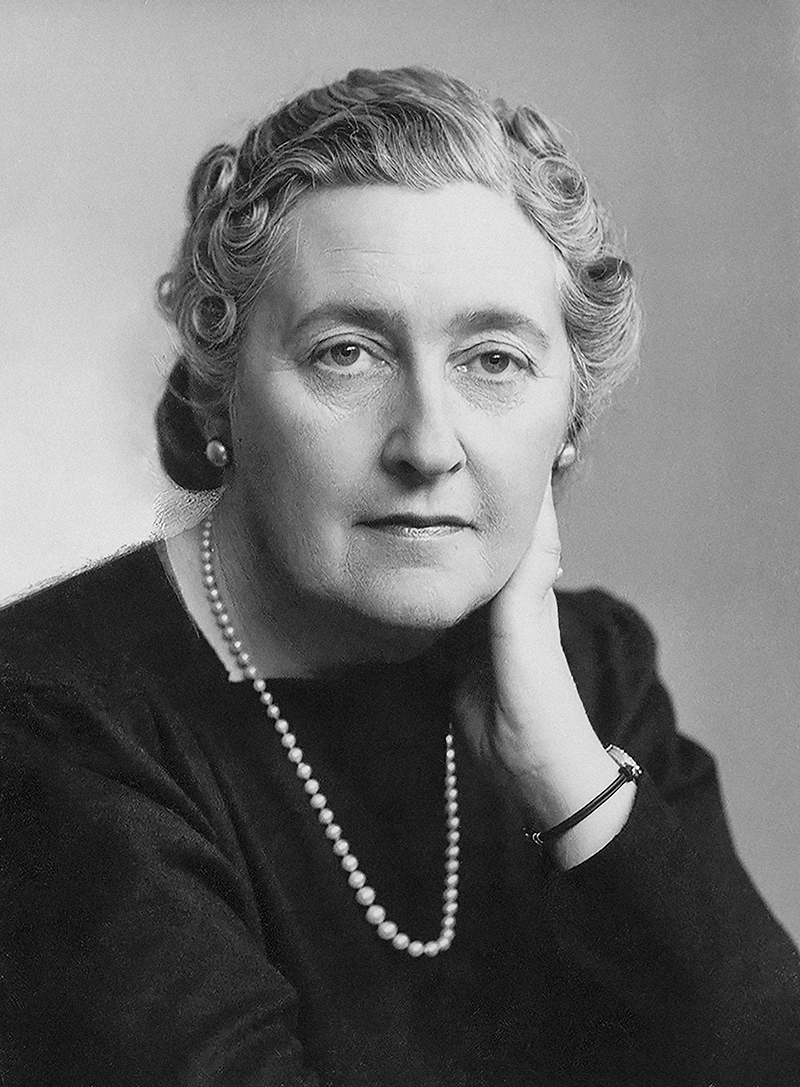
Agatha Christie portrait, via Wikimedia Commons
Agatha Christie’s disappearance
Although she was eventually found safe and alive, Agatha Christie‘s eleven-day disappearance was one of the greatest mysteries of its day.
On the night of December 3, 1926, Agatha Christie left her house and drove away.
As she was an exceptionally famous writer at the time, reports that Christie had gone missing spread like wildfire and inspired both civilians and police officers to begin a country-wide search for the author.
Christie’s car was found abandoned, but there were no signs of foul play.
Eleven days later, Christie was bizarrely found staying at a hotel under a false name (the name of her husband’s lover, actually). Christie claimed to have no memory of how she got there, and she never spoke of it for the rest of her life.
Here’s a newspaper column announcing Christie’s return.
Christie at Hydro, via Wikimedia Commons
If you’re an audio person, check out the podcast on this mysterious event from Stuff You Missed in History Class.
—
Photo credit: Image taken from the British Library’s amazing Flickr account, which just released thousands of public domain images from old books. Check them out!

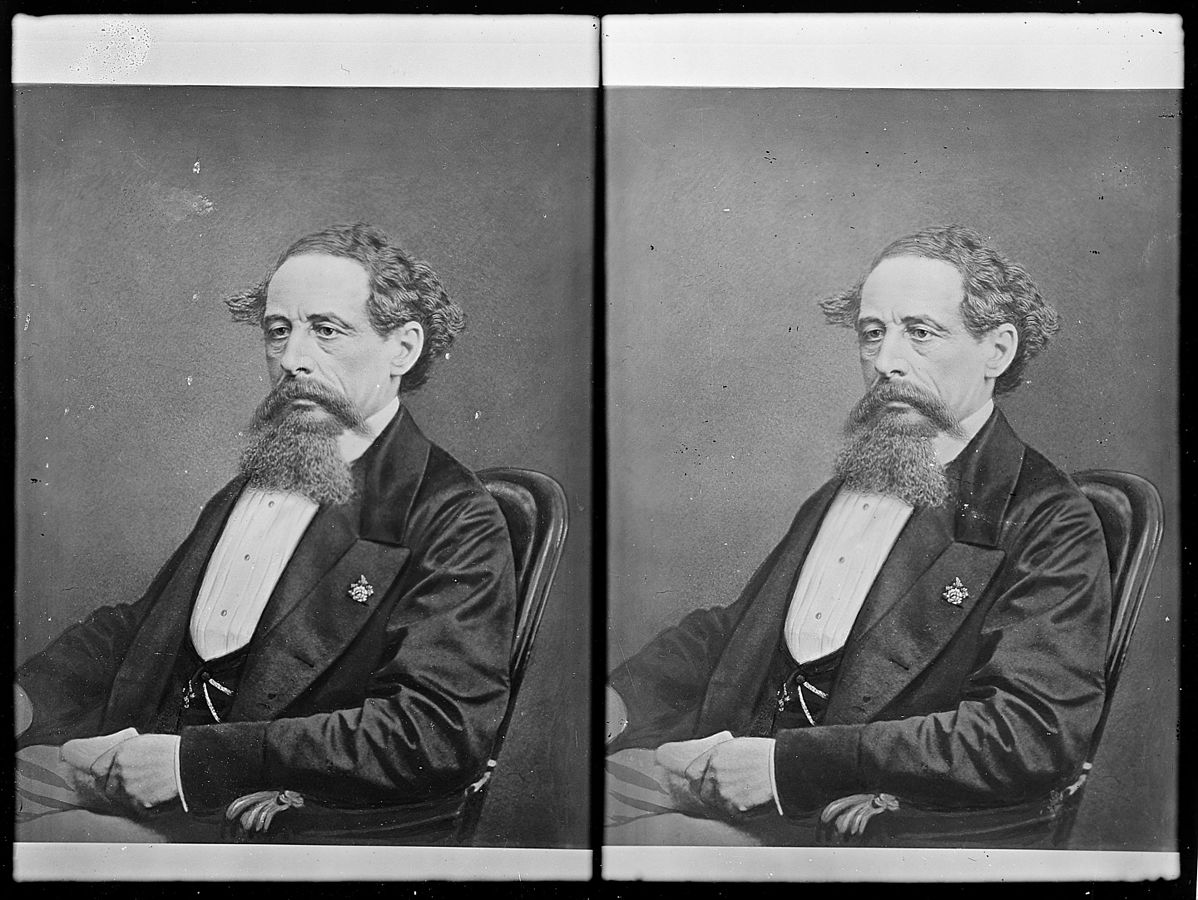

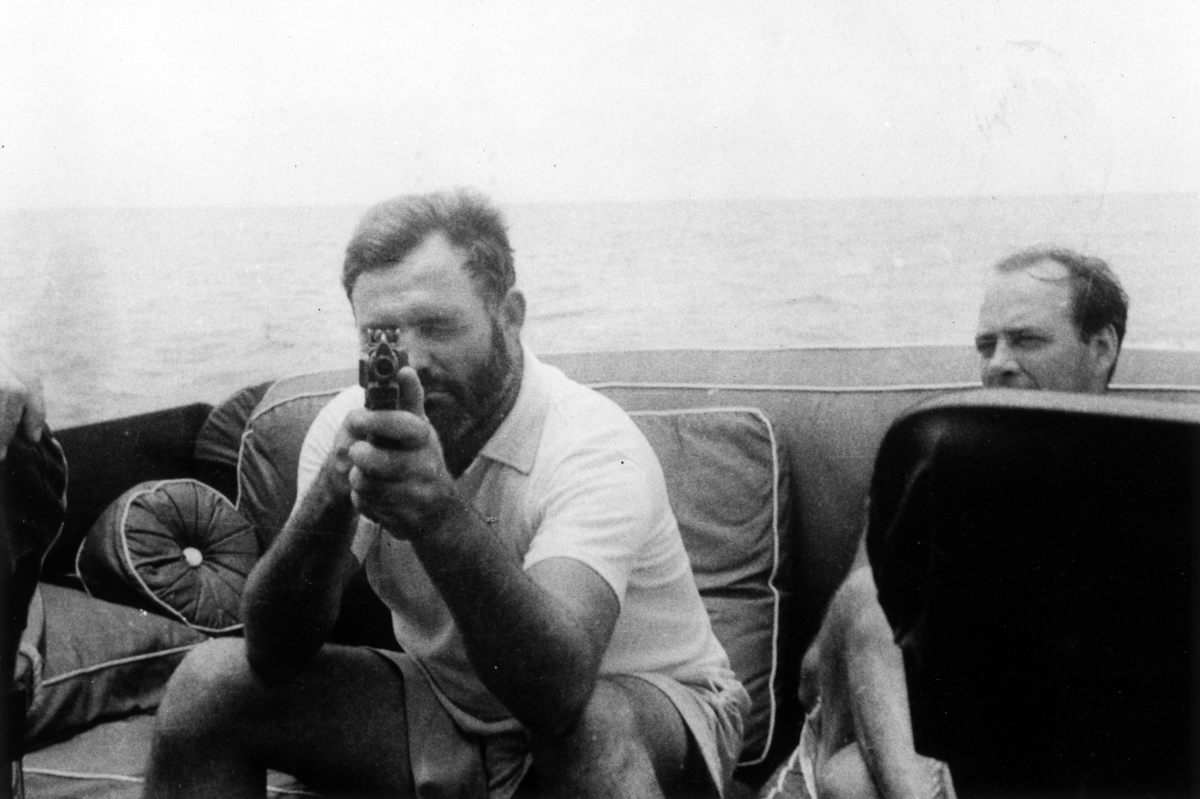
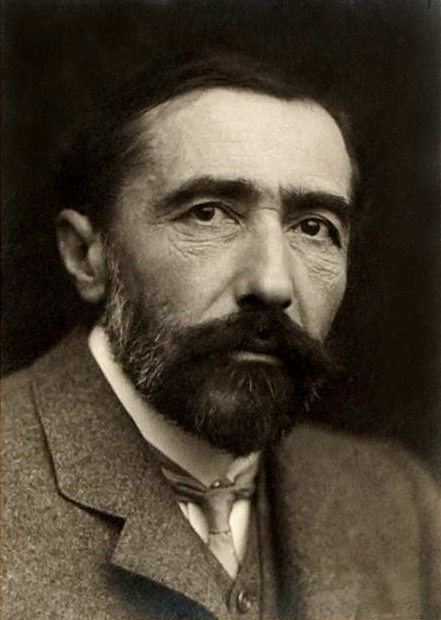
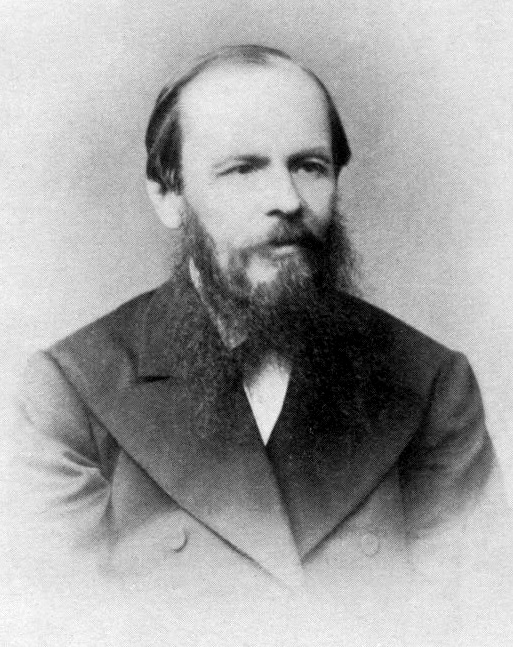
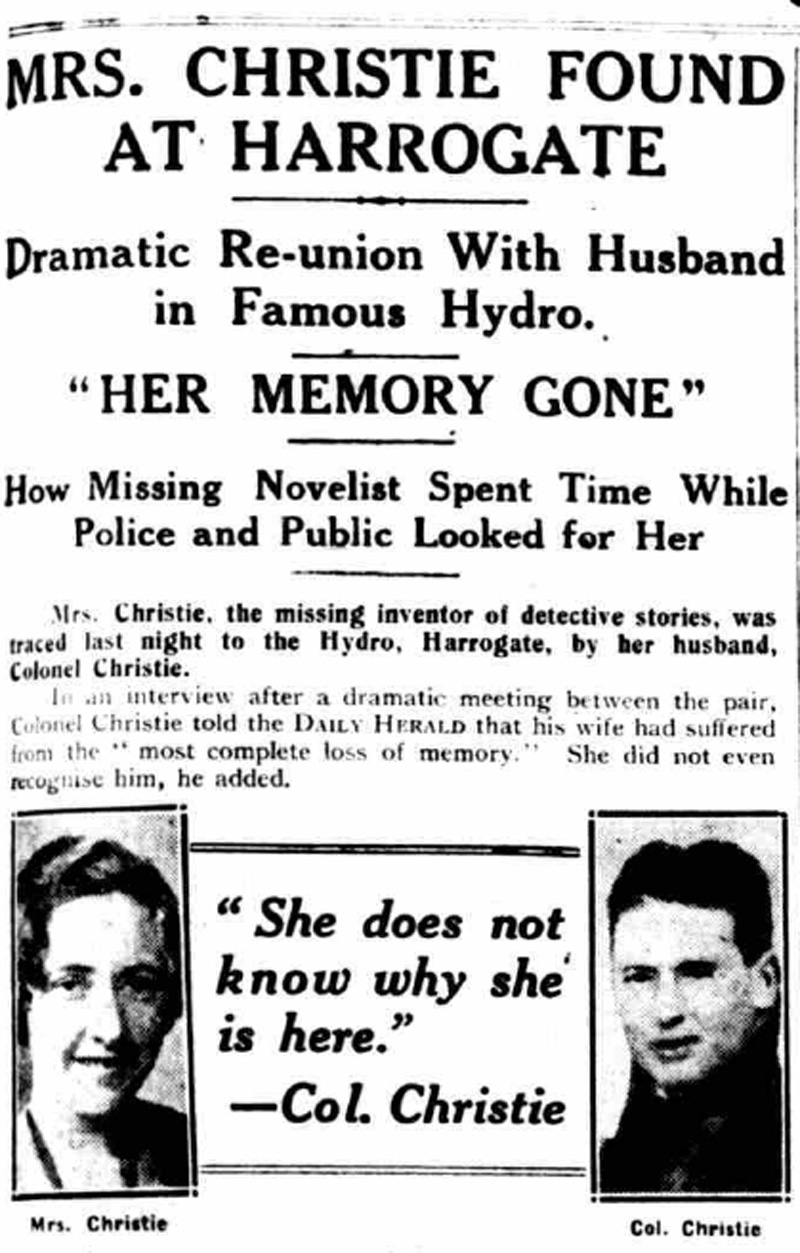




Leave a Reply
Be the First to Comment!